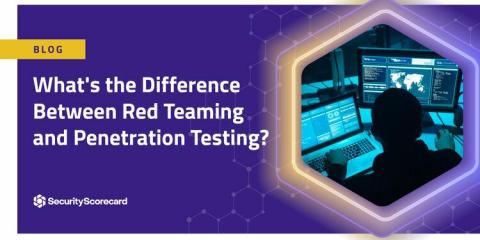What's the Difference Between Red Teaming and Penetration Testing?
When discussing cybersecurity, “penetration testing” and “red teaming” are two terms that are often used interchangeably but are two entirely separate concepts. If you are considering implementing additional cybersecurity protocols within your organization, it’s essential to understand the unique role and function of each of these processes and how they can benefit your organization.






